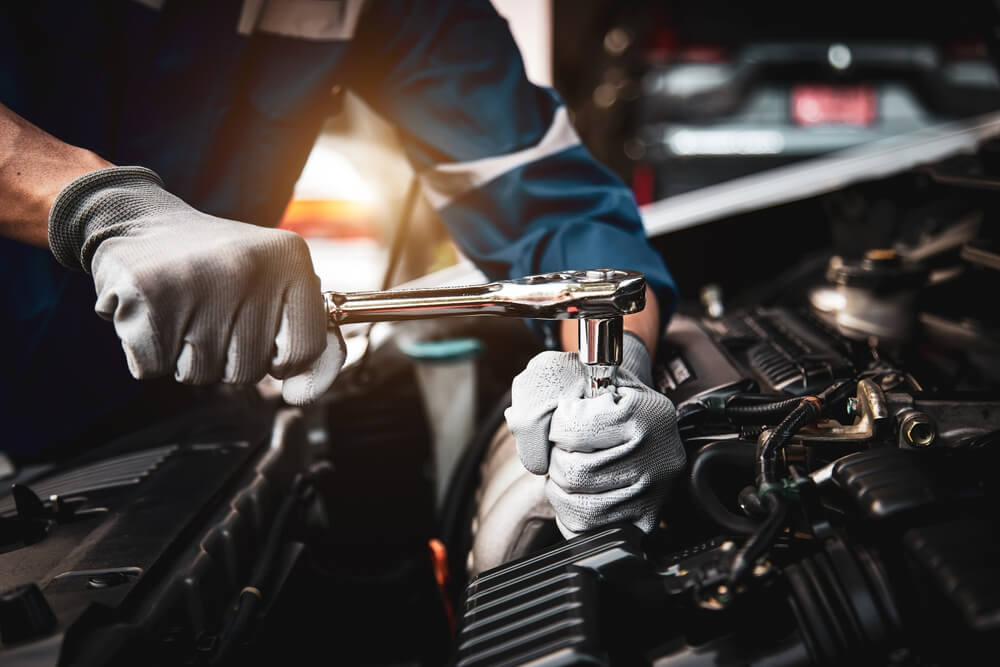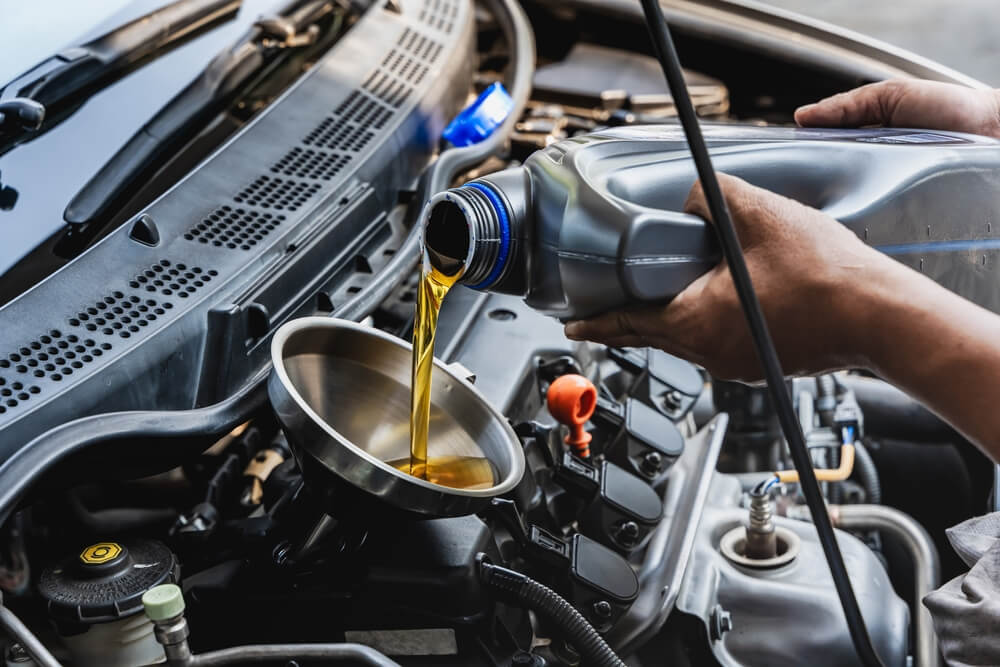In car maintenance, understanding oil changes is crucial. Regular oil changes maintain engine performance and extend your car’s life. This guide explores factors affecting oil change duration, such as vehicle type, mechanic expertise, and service location. It details the process, compares DIY with professional services, and offers tips to reduce wait times during appointments. Learn how regular maintenance enhances vehicle health and prevents costly repairs.
Factors Influencing the Duration of an Oil Change
When it comes to determining how long an oil change might take, several key factors come into play. One of the primary oil change time factors is the type of vehicle you own. Different vehicles have varying designs and requirements, which can significantly impact the duration of an oil change service. For instance, a compact car might be quicker to service than a larger SUV or truck due to easier access to the engine components.
Another crucial factor is the mechanic’s experience. A seasoned professional who has performed countless oil changes will likely complete the task more efficiently than someone less experienced. Their familiarity with different vehicle models and their ability to troubleshoot potential issues quickly can reduce wait times considerably.
The type of oil used also influences how long an oil change will take. Conventional oils might require more frequent changes compared to synthetic options, which often provide longer intervals between services due to their enhanced performance characteristics.
Lastly, the service location plays a role in timing as well. A quick-service chain might offer faster turnaround times compared to a dealership or independent garage that may have other vehicles queued for maintenance. Each setting has its own pace and workflow efficiency, impacting how swiftly your vehicle can be serviced.
Understanding these factors can help you better estimate and plan for your next oil change appointment, ensuring minimal disruption to your schedule while maintaining your vehicle’s health.
A Step-by-Step Breakdown of the Oil Change Process

An oil change is a crucial aspect of vehicle maintenance that ensures your engine runs smoothly and efficiently. Understanding the oil change procedure can help you appreciate its importance and even tackle it yourself if you’re up for the task. Here’s a step-by-step breakdown of the process.
- Preparation: Before starting, gather all necessary tools and materials, including a wrench, oil filter wrench, new oil filter, fresh oil, an oil catch pan, and safety gloves. Make sure your vehicle is parked on a level surface and has cooled down to avoid burns from hot engine parts.
- Draining Old Oil: Begin by locating the oil drain plug underneath your car. Place the catch pan beneath it to collect the old oil. Using a wrench, carefully loosen and remove the drain plug. Allow all the old oil to completely drain into the pan, this may take several minutes.
- Replacing Oil Filter: While waiting for the old oil to drain fully, locate your vehicle’s oil filter (usually found near the engine block) and use an appropriate wrench to remove it by turning counterclockwise. Be prepared for some residual oil spillage when removing it. Once removed, lubricate the rubber seal of your new filter with fresh oil before installing it by hand-tightening clockwise until secure.
- Adding New Oil: After ensuring all old oil has drained out and you’ve replaced both the drain plug securely and installed a new filter, it’s time to add fresh engine oil through the designated fill cap located on top of your engine block. Refer to your owner’s manual for specific type requirements and quantity needed for optimal performance.
- Inspection Checklist: With everything in place now comes an essential inspection checklist phase – start up your car allowing idle running while checking underhood components visually confirming no leaks around areas worked upon during this procedure; also monitor dashboard indicators verifying satisfactory levels reached regarding lubrication status within system parameters set forth via manufacturer guidelines provided within documentation accompanying purchase originally made when acquiring said automobile itself initially!
By following these steps meticulously each time you perform an essential routine maintenance task like changing out worn-out motor fluids periodically throughout ownership tenure experienced over years spent driving same model make year after year consecutively without fail whatsoever thereby ensuring longevity reliability dependability overall satisfaction enjoyed consistently continuously seamlessly effortlessly always forevermore!
DIY vs Professional Oil Changes
When it comes to maintaining your vehicle, one of the most routine tasks is changing the oil. You might find yourself torn between doing it yourself or taking your car to a professional mechanic. Both options have their merits and drawbacks, and understanding them can help you make an informed decision.
Starting with a DIY oil change, many car enthusiasts appreciate the hands-on experience and control over their vehicle’s maintenance. One of the primary advantages is cost savings; purchasing oil and a filter yourself often costs less than paying for labor at a shop. Additionally, you can choose exactly what type of oil goes into your engine. However, it’s important to consider the diy oil change time, it typically takes longer than having it done professionally, especially if you’re not familiar with the process or lack proper tools.
On the other hand, opting for a professional mechanic offers convenience and peace of mind. A professional mechanic oil change duration is generally shorter because they have access to specialized equipment and expertise that allow them to work efficiently. Furthermore, professionals can spot potential issues during an oil change that might go unnoticed by an untrained eye, potentially saving you from costly repairs down the line.
In weighing these options, consider factors such as your comfort level with automotive tasks, budget constraints, and time availability. The pros and cons of DIY vs professional services ultimately come down to personal preference and priorities in vehicle care management.
How to Reduce Your Wait Time During a Professional Oil Change Service
Reducing your wait time during a professional oil change service can be achieved with a few strategic steps. First, consider scheduling tips for quick service. Many service centers offer online booking systems where you can select an appointment time that suits your schedule. By booking ahead, you can avoid peak hours and reduce the likelihood of long waits.
Choosing a reliable service center is also crucial. Look for centers known for their efficiency and customer satisfaction. Reading reviews or asking for recommendations from friends and family can help you identify places that prioritize timely service without compromising on quality.
Another option to explore is express service options offered by many automotive centers. These services are specifically designed to expedite routine maintenance tasks like oil changes. Express lanes often have dedicated staff and streamlined processes to ensure your vehicle is serviced promptly, allowing you to get back on the road faster.
By planning ahead, selecting the right service provider, and taking advantage of express services, you can significantly cut down on the time spent waiting during your next oil change appointment.
The Benefits of Regularly Scheduled Maintenance Beyond Just Changing Your Oil
Regularly scheduled maintenance is crucial for your vehicle’s longevity and performance, extending far beyond the routine oil change. One of the primary benefits of adhering to a maintenance schedule is that it ensures an overall vehicle health check-up. This comprehensive approach allows mechanics to inspect various components such as brakes, tires, and fluid levels, identifying potential issues before they escalate into costly repairs.
Preventive maintenance advantages are numerous. By catching problems early, you can avoid unexpected breakdowns and ensure your vehicle runs efficiently. Regular inspections can lead to improved fuel efficiency as well, since a well-maintained engine consumes less fuel. Additionally, keeping up with scheduled maintenance can enhance safety by ensuring critical systems like brakes and steering are in optimal condition.
In the long run, following a consistent maintenance schedule not only safeguards your investment but also contributes to peace of mind on the road. It helps maintain the resale value of your vehicle by demonstrating that it has been well cared for over its lifetime. Embracing preventive maintenance is a smart strategy for any car owner aiming to maximize their vehicle’s reliability and performance while minimizing unexpected expenses.


